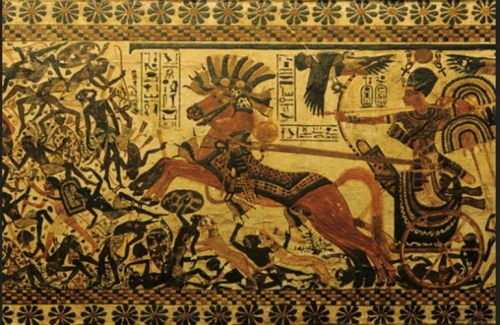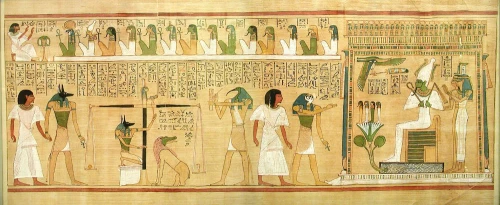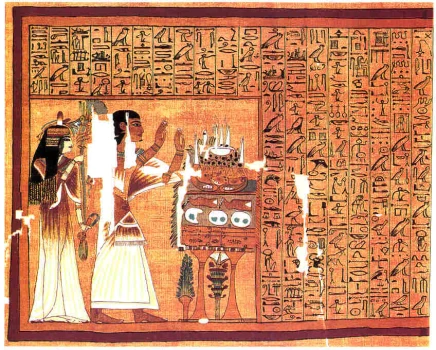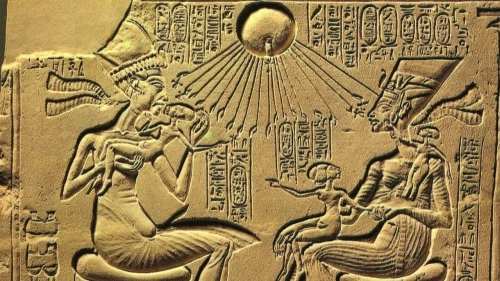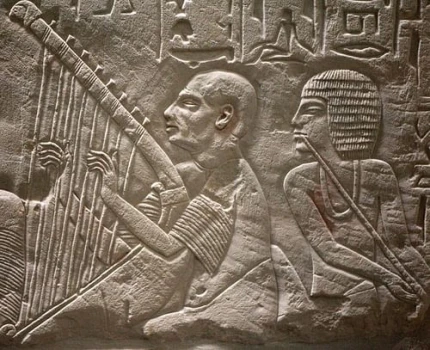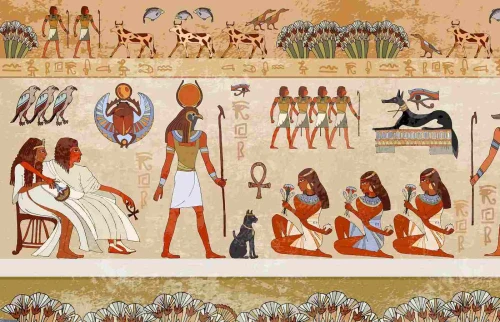
HUMAN SACRIFICE Since the late 1800s, Egyptologists suspected that human sacrifice may have been practiced in ancient Egypt as part of the religion, but they had little evidence to prove it. Recent excavations of First Dynasty King Aha (2950 - 2775 B.C) royal mortuary complex (large courtyard) at Abydos revealed graves of other people buried near the king. It is believed they were servants ritually killed when the king died so they could magically accompany the deceased king to the next world. King Aha has the earliest-known mortuary enclosure (see Temenos), with six separate graves around the courtyard. Nearby in King Djer (Aha's successor) royal mortuary complex, archaeologists found more subsidiary graves, this time lined up in a row, and these seem to be sacrificial burials as well. The practice of human sacrifice appears to have ended early in Egyptian history. But the idea was ritually continued when ushabti statues were placed inside tombs so they would magically come alive and serve the deceased in the next world. Thus the little statues took the place of living servants.
 English
English
 Spain
Spain

